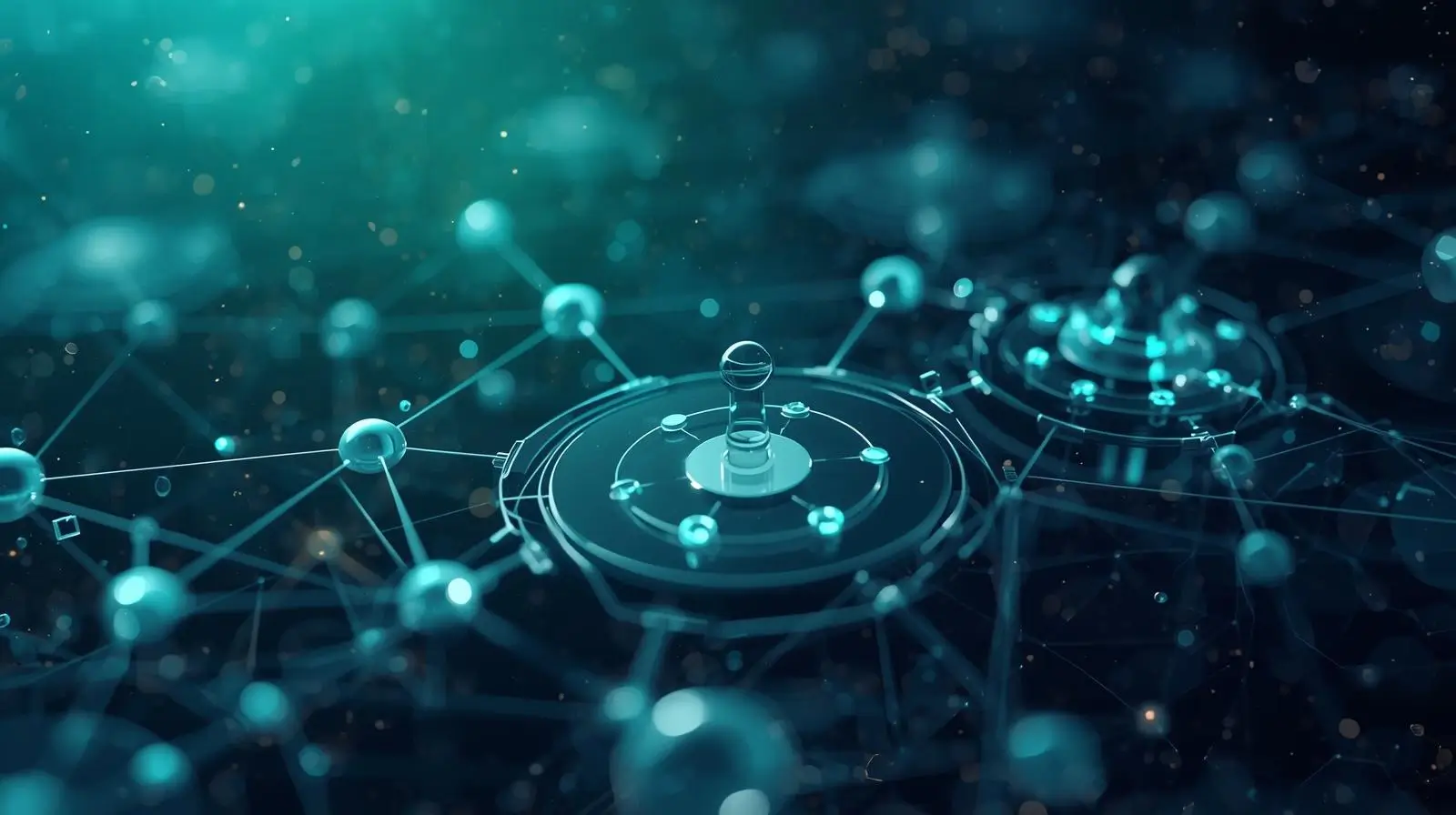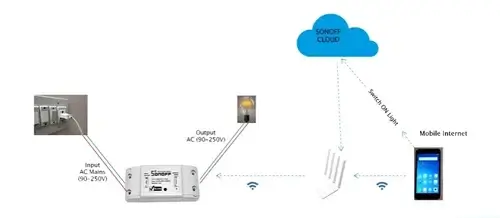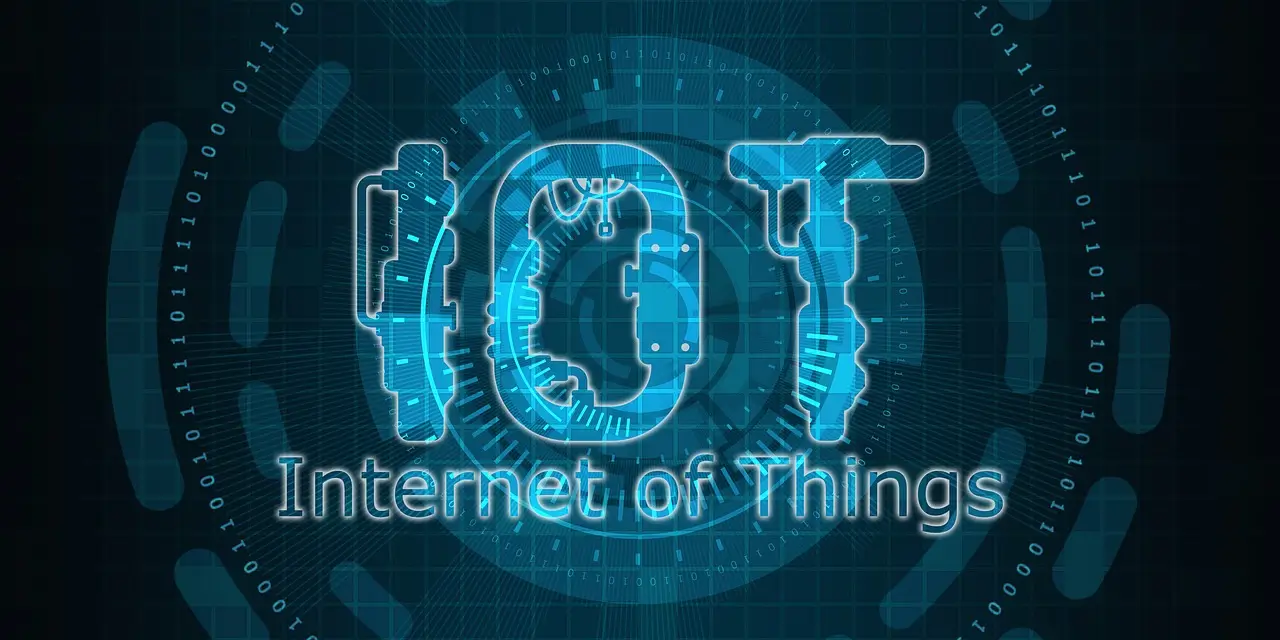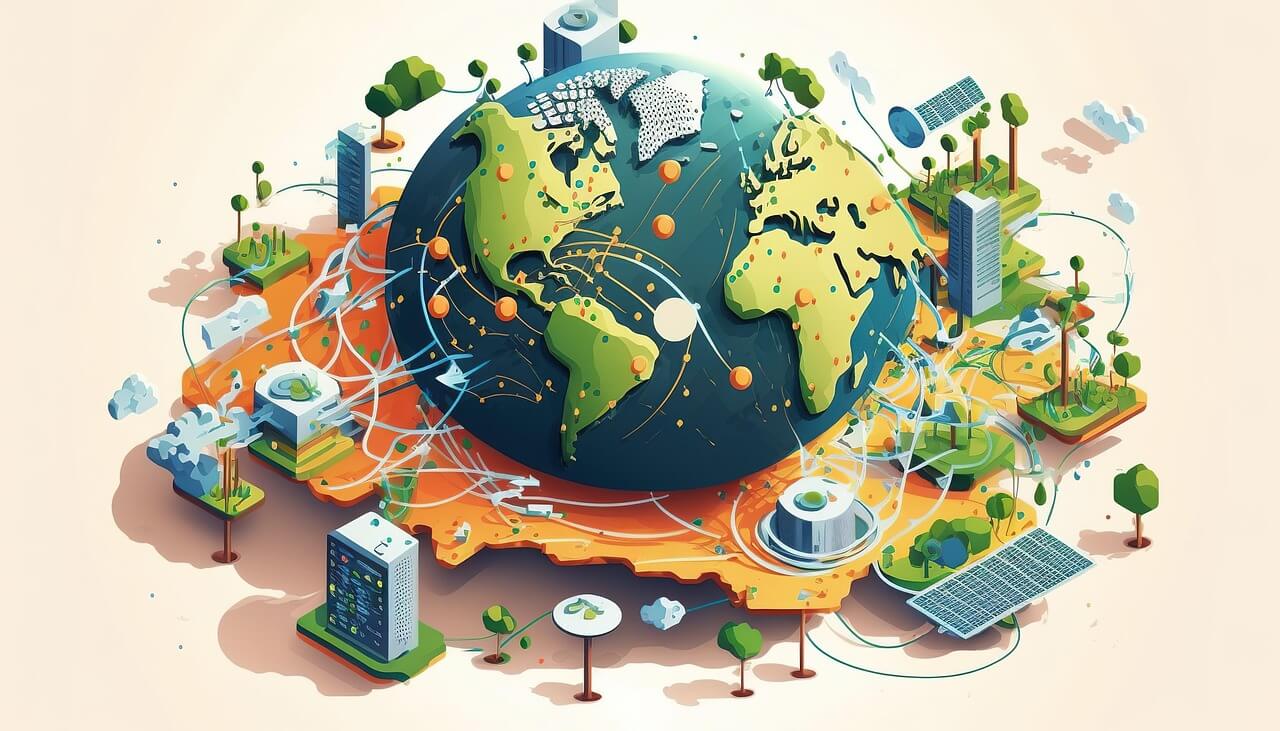Imagine a world where the physical environment can talk to us. A forest can warn us about a fire before it spreads. A bridge can tell engineers it's feeling stressed. A farm can water its crops only when they are thirsty.
This isn't science fiction. This is the world made possible by Wireless Sensor Networks (WSN).
Let's break down this seemingly complex technology into simple, bite-sized pieces.
Part 1: What is a Wireless Sensor Network (WSN)?
In the simplest terms, a WSN is a group of specialized devices that work together to monitor the physical world and wirelessly send that information to a central point.
Let's use an analogy: Think of a WSN as a team of tiny, smart spies.
- The Spies (Sensor Nodes): Each spy is a small device called a "sensor node."
- Their Senses (Sensors): Each spy has special senses—it can feel temperature, see light, hear sound, measure humidity, or detect movement.
- Their Mission (Monitoring): They are dropped into a field, a factory, or a forest to quietly collect data.
- Their Communication (Wireless Network): The spies don't work alone. They talk to each other via radio signals, passing information from one to another until it reaches the...
- The Commander (Base Station/Sink): This is the central computer or server that collects all the spies' reports, makes sense of the data, and presents it to us, the users.
So, a WSN = Many Sensor Nodes + Wireless Communication + A Central Base Station.
Part 2: The Building Blocks: What's Inside a Tiny Sensor Node?
A single sensor node, often no bigger than a coin, is a marvel of miniaturization. It typically contains four main parts:
- The Sensing Unit: This is its "sense organ." It has one or more sensors (e.g., for temperature, pressure, vibration) that convert physical phenomena into electrical signals.
- The Processing Unit: This is its "tiny brain." A small microcontroller (like a very basic computer processor) that processes the data from the sensors and makes simple decisions.
- The Transceiver Unit: This is its "walkie-talkie." It allows the node to send and receive radio signals to other nodes and the base station.
- The Power Unit: This is its "heart." It's almost always a battery. Because these nodes are often placed in hard-to-reach locations, conserving battery power is the single most important challenge in WSNs.
Some nodes may also have a location-finding device (like a mini-GPS) and a power generator (like a small solar panel).
Part 3: How Do They Talk? The Magic of Network Architecture
How does data from a sensor in the middle of a cornfield get to your laptop? It follows one of these paths:
Star Topology
Every node talks directly to the base station. It's simple but uses a lot of power for distant nodes and has a limited range.
Mesh Topology
This is the super-smart, efficient way. Nodes don't just talk to the base station; they talk to each other! Data hops from one node to the next until it reaches its destination. If one node fails, the data finds a new path. This makes the network very robust and extends its range significantly.
The Key Technology: Multi-Hopping
Imagine you need to pass a message across a large field. You could shout (which takes a lot of energy), or you could have a chain of people, each whispering the message to the next person. WSNs use this "whisper chain" method, called multi-hopping. It saves tremendous amounts of battery power.
Part 4: Where Are WSNs Used? (Real-World Applications in 2026)
This is where it gets exciting. WSNs are silently revolutionizing industries.
🏡 Smart Agriculture
How: Soil moisture sensors tell an irrigation system exactly when and where to water. Drones with sensors monitor crop health.
Benefit: Saves water, increases yield, and reduces costs.
🌲 Environmental Monitoring
How: Sensors in forests detect fires by tracking temperature and humidity changes. Sensors in rivers and oceans monitor pollution levels.
Benefit: Early warning for natural disasters and protection of ecosystems.
🏙️ Smart Cities
How: Sensors in parking spots tell your app where there's an empty space. Smart streetlights dim when no cars or pedestrians are around. Waste management companies get alerts when bins are full.
Benefit: Reduced traffic, saved energy, and cleaner cities.
🏭 Industrial IoT and Predictive Maintenance
How: Vibration and temperature sensors are attached to factory machines, motors, and pipelines. They can detect tiny changes that mean a part is about to fail.
Benefit: Prevents costly breakdowns and avoids accidents. This is a huge application in 2026.
🏥 Healthcare and Remote Patient Monitoring
How: Wearable sensors on a patient's body can track heart rate, blood sugar, and activity levels, sending this data directly to their doctor.
Benefit: Allows for elderly people to live independently longer and provides continuous health monitoring.
🏠 Smart Homes and Buildings
How: Motion sensors control lighting and HVAC systems, turning them off in empty rooms.
Benefit: Significant energy savings and improved comfort.
Part 5: The Challenges and The Future (WSN in 2026 and Beyond)
Main Challenges:
🔋 Limited Battery Life
This is the #1 challenge.
The 2026 Fix: Ultra-low-power chips, smarter software that puts nodes to sleep, and Energy Harvesting (solar cells, vibrations, temperature differences).
🧠 Limited Computing and Memory
The 2026 Fix: Edge Computing - nodes process data locally and only send alerts when needed.
🔒 Security
The 2026 Fix: Lightweight, battery-efficient encryption methods.
⚡ Reliability
The 2026 Fix: Self-healing mesh topology + new resilient protocols.
🚀 Big Trends for 2026:
- AI and Machine Learning at the Edge: Sensors learn normal patterns and only alert on anomalies.
- 5G and LPWAN Integration: LoRaWAN, NB-IoT, Sigfox for long-range, low-power communication.
- TinyML: Running ML models directly on sensor microcontrollers.
Conclusion: The Invisible Nervous System
Wireless Sensor Networks are like an invisible nervous system for our planet. They are giving us a real-time, detailed understanding of our environment, our cities, and our industries that was never before possible.
As we move further into 2026 and beyond, with advancements in AI and low-power communication, these networks will become even smaller, smarter, and more integrated into the fabric of our daily lives, working silently in the background to create a more efficient, safe, and sustainable world.




